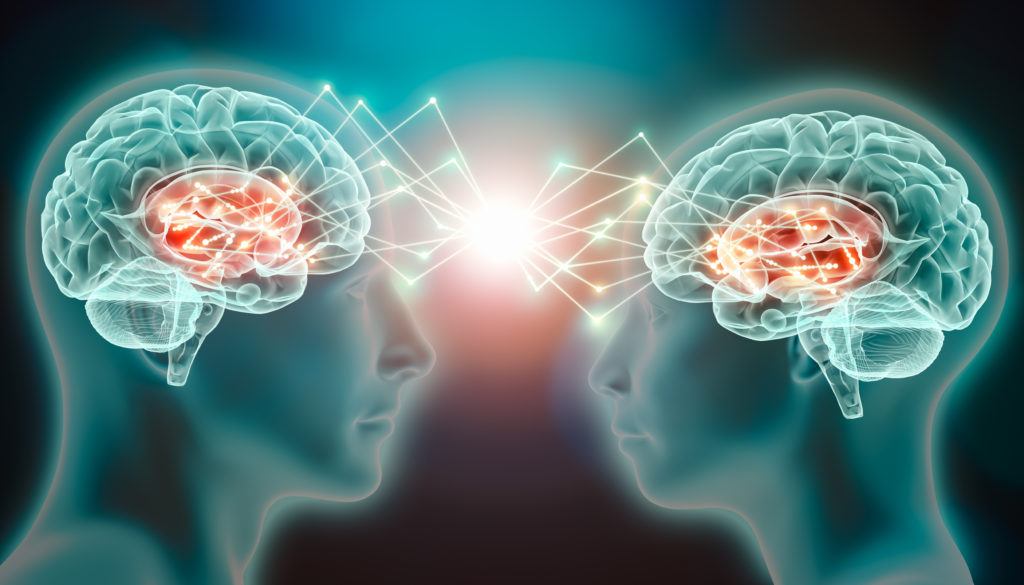
Lysergic acid diethylamide (LSD) is being investigated for its potential therapeutic benefits for multiple neuropsychiatric disorders, including anxiety and depression.1,2 LSD produces its psychedelic effects (alterations in sensory perception and cognition) through activation of the serotonin 2A receptor (5-HT2AR),3 but LSD also has an affinity for other receptors in the serotonin and dopamine families.4 Psychedelics have been shown to increase neuroplasticity and alter socioemotional effects.5,6 To further investigate the effects of LSD on empathy and if they also rely on the serotonin 2A receptor, Holze and colleagues tested a range of doses on the Multifaceted Empathy Test.7
Study Methods
To assess LSD’s effects on empathy, 16 healthy subjects (eight men and eight women) ranging 25-52 years old, were recruited in accordance with strict criteria including no use of medications or illicit substances. The study design was a double-blind, placebo-controlled, crossover design with six test sessions at 25-hours (h) long and a 10-day washout between sessions. This means that participants and researchers were not aware of who was receiving the placebo or drug and the subjects received different treatments during the sessions.
The doses of LSD were 25, 50, 100, and 200 µg given orally. The administration of the drug is outlined in more detail in Table 1. For assessment of cognitive and emotional aspects of empathy, they utilized the Multifaceted Empathy Test (MET). The MET is a computer-assisted test with 40 photos that showed people in emotionally charged situations. The test focuses on both explicit and implicit empathy. Explicit empathy is how the subject felt for the individual in each scene and implicit is how much the subject was personally aroused by each scene. The MET was performed 6 hours after LSD administration. The researchers also employed a subjective mood test using a visual analog scale for drug effect at various times, including right before the MET was given.
Table 1: Drug administration using a double-dummy method in which subjects received two identical opaque capsules containing two solutions in each session. Both the experimenter and subject were not aware of the contents of each capsule.
| Session | Capsules | Solutions |
|---|---|---|
| i | 2 placebo | placebo/placebo |
| ii | 2 placebo | 25 µg LSD/placebo |
| iii | 2 placebo | 25 µg LSD/25 µg LSD |
| iv | 2 placebo | 100 µg LSD/placebo |
| v | 2 placebo | 100 µg LSD/100 µg LSD |
| vi | 2 ketanserin | 100 µg LSD/100 µg LSD |
Oxytocin levels were measured using an oxytocin enzyme-linked immunosorbent assay kit that takes plasma and elutes the oxytocin for measurement against a standard curve. The oxytocin levels were measured at 1, 3, and 8 h post-LSD administration. The LSD plasma levels were measured using ultra-high-performance liquid chromatography tandem mass spectrometry at several different time points.
Results
Overall, LSD altered explicit and implicit emotional empathy. LSD dose-dependently and significantly increased both aspects of empathy. Only the highest LSD dose (200 µg) was significantly different when compared with placebo. When given ketanserin, a serotonin 2A/2C antagonist, there was no significant alteration in responses related to explicit or implicit empathy. Subjective effects of LSD did occur in a dose-dependent manner, as expected.
LSD alone increased oxytocin levels 1 and 3 h after drug intake, and only LSD alone increased oxytocin levels when compared with placebo. Ketanserin administration blocked the LSD-induced increase in circulating oxytocin at 1 and 3 h. Plasma LSD concentrations were not significantly different between 200 ug LSD and 200 µg LSD + ketanserin after 6 h. Furthermore, the Emax concentrations (the concentrations required to produce the maximal effect) were not significantly different after 6 h.
Interpretation
Empathogenic effects of LSD may not depend on 5-HT2AR activation and may involve other receptors. Oxytocin release, which contributes to emotional processes including empathy, is evidenced to be dependent on 5-HT2AR activation. The effects of LSD on oxytocin may be indirect, due to LSD moderately increasing anxiety at 200 µg while elevating autonomic stimulation and plasma markers of serotonergic activity and stress.6 Oxytocin is also released during psychological stress and therefore may be associated with subjective-LSD effects.8
Next Steps
Further research into the overlap of oxytocin release and 5-HT2AR activation is necessary for understanding how LSD at different doses modulates oxytocin release. It would also be beneficial to increase sample size, test for sex differences, and testing other measures of empathy. Overall, the present findings are a good starting point to further understand the potential therapeutic benefits of LSD and the mechanisms behind them. The next step in understanding the empathogenic effects of LSD and other psychedelics would be to continue to test effects in healthy subjects and eventually move on to testing effects in neurodivergent subjects.
